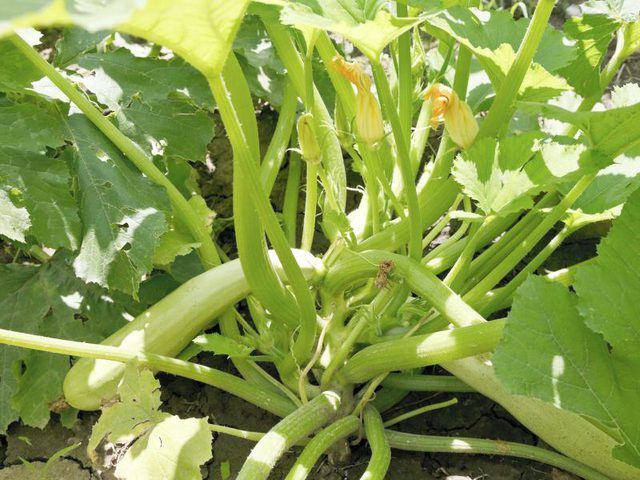Bulbs
Flower Basics
Flower Beds & Specialty Gardens
Flower Garden
Garden Furniture
Garden Gnomes
Garden Seeds
Garden Sheds
Garden Statues
Garden Tools & Supplies
Gardening Basics
Green & Organic
Groundcovers & Vines
Growing Annuals
Growing Basil
Growing Beans
Growing Berries
Growing Blueberries
Growing Cactus
Growing Corn
Growing Cotton
Growing Edibles
Growing Flowers
Growing Garlic
Growing Grapes
Growing Grass
Growing Herbs
Growing Jasmine
Growing Mint
Growing Mushrooms
Orchids
Growing Peanuts
Growing Perennials
Growing Plants
Growing Rosemary
Growing Roses
Growing Strawberries
Growing Sunflowers
Growing Thyme
Growing Tomatoes
Growing Tulips
Growing Vegetables
Herb Basics
Herb Garden
Indoor Growing
Landscaping Basics
Landscaping Patios
Landscaping Plants
Landscaping Shrubs
Landscaping Trees
Landscaping Walks & Pathways
Lawn Basics
Lawn Maintenance
Lawn Mowers
Lawn Ornaments
Lawn Planting
Lawn Tools
Outdoor Growing
Overall Landscape Planning
Pests, Weeds & Problems
Plant Basics
Rock Garden
Rose Garden
Shrubs
Soil
Specialty Gardens
Trees
Vegetable Garden
Yard Maintenance
How to Grow Summer Squash
How to Grow Summer Squash. The name "summer squash" (Cucurbita pepo) encompasses a large group of cultivars divided into four basic types: crookneck, zucchini, straightneck and patty-pan squash. All are prized for their vigorous growth and sweet, tender fruit, which typically arrive two months after planting. Summer squash require...

The name "summer squash" (Cucurbita pepo) encompasses a large group of cultivars divided into four basic types: crookneck, zucchini, straightneck and patty-pan squash. All are prized for their vigorous growth and sweet, tender fruit, which typically arrive two months after planting. Summer squash require relatively little hands-on maintenance or care to bear fruit, although they must be grown under suitable conditions to ensure their good health and a bountiful harvest.
Temperature and Planting
Summer squash is a warm season crop, requiring temperatures between 65 and 75 degrees Fahrenheit to grow and bear fruit. Most grow rapidly and will reach maturity in 40 to 50 days, although some zucchini cultivars can take up to 60 days to mature. In cooler climates, start summer squash seeds indoors three to four weeks before the last spring frost. In warmer areas, sow seeds directly in the garden after all frost danger has passed. Whether direct-sowing or transplanting, wait to plant until the soil has warmed to 60 degrees Fahrenheit in the top 6 inches.
Growing Conditions
Full sun exposure and loamy, fast-draining soil are required when growing summer squash. A mildly acid soil pH between 5.8 to 6.5 is best, although they will also tolerate neutral soil with a pH up to 7.5 with no problem. Select a planting site with at least 48 inches of space for each plant and plant in small hills, if possible. Amend heavy or poor soil with a 2- to 4-inch layer of compost worked into the top 12 to 15 inches. After planting, spread a 2- to 3-inch layer of mulch between the summer squash plants to conserve soil moisture. Use grass clippings, pine needles or other lightweight material.
Fertilizer Needs
Summer squash are relatively light feeders that will perform well without fertilizer if grown in organically rich, loamy soil. However, they may benefit from a light application of fertilizer if their growth is slow or if they develop pale foliage. Mix 1 tablespoon of high-phosphorus, 10-20-10 analysis fertilizer in 1 gallon of water and feed each plant with 1 cup of the solution at planting. Feed again roughly one month after your first harvest. Spread 20-20-20 analysis fertilizer around the base of the plants at a rate of 1 pound per 100 square feet of area, which is roughly 1 to 2 tablespoons of fertilizer per plant. Apply the fertilizer to moist soil and avoid getting it on the plant's foliage or stems.
Water Requirements
Soil moisture impacts the productivity of summer squash plants, as well as the quality of their fruit. Too little watering causes bitterness in summer squash and misshapen fruit, while too much water can cause disease. Provide 1 inch of water every five to seven days, running water at the base of the plant until the soil feels very moist in the top 6 inches. Let the soil dry out 1 inch below the surface between waterings. Avoid frequent, light watering because it encourages shallow root growth, which makes the plants less equipped to withstand heat and drought.